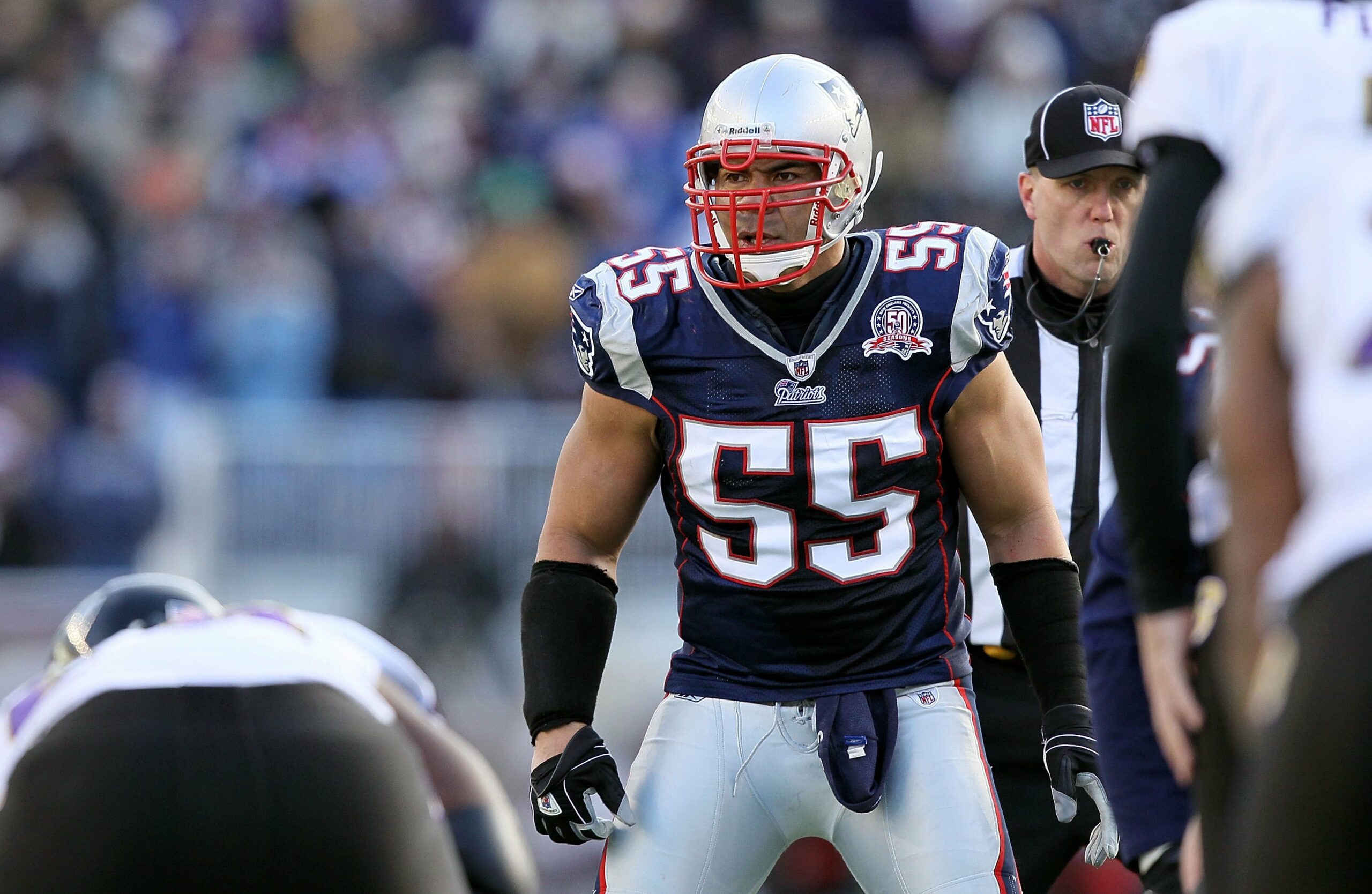
On May 2, 2012, ESPN reported that former NFL linebacker Junior Seau had died at his home in San Diego, as the result of a gunshot wound to the chest. As a kid, I watched Seau terrorize Raider QBs and RBs on many occasions on his way to multiple Pro Bowl appearances. When news finally surfaced that Seau’s death was the result of a suicide, many fans, including me, just could not believe it. The following weeks brought to light many issues that Seau had apparently been dealing with in the final months, or perhaps final years, of his life including insomnia, dementia, and depression.
Player safety has been a pressing issue in the NFL for years, but only recently has it gotten completely out of control. Coach and player  contracts are struck in a way that allows and even incentivizes myopic thinking on the part of franchise managers and owners, privileging wins, stats, and sales over the players’ well being. Fortunately, the NFL and its governing bodies can implement specific reforms to improve the current situation and protect those individuals who make football games so enjoyable for fans to watch.
contracts are struck in a way that allows and even incentivizes myopic thinking on the part of franchise managers and owners, privileging wins, stats, and sales over the players’ well being. Fortunately, the NFL and its governing bodies can implement specific reforms to improve the current situation and protect those individuals who make football games so enjoyable for fans to watch.
It’s no surprise that the life of an NFL head coach is incredibly stressful given that the average coaching tenure is only 2.5 years. Whether it is because of the contract itself or proliferation of media, NFL head coaches are under tight scrutiny and immense pressure to win, and to do so before they lose their jobs – sometimes occurring quite suddenly. As a result, coaches employ extremely myopic decision-making, using up resources to win now, while permanently damaging the long-term health and safety of players. Even worse, the gridiron culture is such that players feel guilty when sitting games out due to injury, allowing coaches to carry out potentially harmful decisions without much pushback. For instance, former NFL MVP Kurt Warner said in an interview that playing through concussions was largely seen as a part of the game by players, coaches, and administrators. While some may perceive this as being tough, medical conclusions from cases like Seau’s should spur the NFL to act to reverse this destructive and myopic culture.

Although the structure of coach contracts in the NFL has made the game less safe, players contracts are not free from blame either. NFL players receive short-term contracts that are subject to steep incentives, which effectively allow teams to sign talent on a “fee for hire” basis. Thus, when ESPN reports that a player has signed a 5-year $50 million deal, the fine print actually specifies performance hurdles that the player must hit in order to receive the full value of the contract and, quite often, these hurdles are very difficult to achieve. For example, in 2012, the Buffalo Bills signed Mario Williams to what was reported as a $100 million contract. However, adjusting for incentives, the contract only provided Williams with $25 million in guaranteed money, assuming he could stay on the roster until 2017. Given that the average career length of an NFL player is just 3 years, it is highly unlikely that Williams, who has already played in the league for 6 years, will last long enough to even get the $25 million in full, let alone the reported $100 million. Not to mention, if another better, faster, younger, stronger Mario comes around, the Bills won’t hesitate to waive Williams and their obligation to pay him. This forces an NFL player to put the game above all else, even his own safety, because of the maligned financial incentives. What’s worse is that teams retain all of the power in contract negotiations. If a player holds out in order to secure a longer-term contract, a team can put the franchise tag on him, forcing him to stay with his team under a 1-year contract. NFL players thus have no recourse when it comes to negotiations because teams reserve that ability to force the player’s hand. The players, in turn, can do very little besides play as hard as possible every game to ensure their marketability to other teams in the future. These elements allow and incentivize teams to employ a pay-as-you-go mentality without much regard for the long-term health and well-being of NFL players.
Fortunately, the NFL can implement specific reforms to improve the current situation. I propose that the NFL carry out a two-fold approach: first, the league should mandate that teams sign coaches and players to a minimum contract length and impose hefty financial penalties for breaches. This will reduce myopic thinking on the parts of NFL owners and administrators as well as encourage long-term franchise planning that promotes player safety. Second, the NFL should create an injury fund that teams must contribute to any and every time one of its players gets injured, with contributions varying based on the severity of the injury. This should place a disincentive on teams to carry out decisions that put players in danger and incentivize administrators to carefully hire training and medical staff. As a devout NFL fan, I hope to see the game continue to thrive such that future generations can enjoy the game just as much as I have in my life. Unfortunately, without some sort of reform, the NFL is moving quickly along on an unsustainable path that will not only put its business in danger, but also the lives of thousands of players like Junior Seau who make the NFL so enjoyable to watch in the first place.



